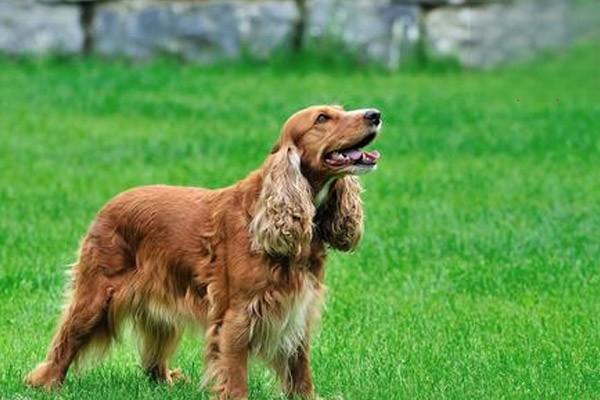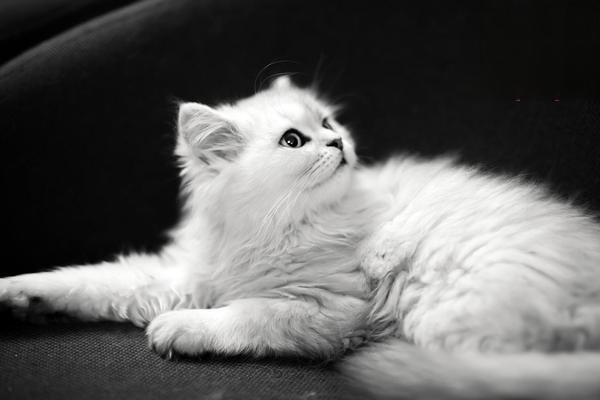
Some allergic constitution sick dogs and cats may develop atropine drug poisoning even with therapeutic doses. Atropine drugs are M cholinergic receptor blockers and are mainly used as antispasmodics and mydriatics in veterinary clinical practice. Commonly used preparations include atropine sulfate, belladonna tincture, scopolamine hydrobromide, anisodamine hydrobromide, etc.
In the early stage of poisoning, dogs and cats have dry mouth, difficulty in swallowing, and weakened intestinal sounds. Subsequently, they become excited and restless, with congested conjunctiva, dilated pupils, blurred vision, disappearance of intestinal sounds, abdominal distension, abdominal pain, no defecation, oliguria or difficulty in urination, and turbid urine. In the later stage, the body temperature rises, the pulse is rapid, the respiratory rate increases, and they are extremely restless and have paroxysmal convulsions. In severe cases, the body temperature drops, they fall into a coma, the breathing is superficial, there is motor paralysis, the sphincter relaxes, the limbs are cold, and they die of respiratory paralysis and suffocation.

 +86-15501882496
+86-15501882496 +86-15501882496
+86-15501882496 Contact us:ejucms1@qq.com
Contact us:ejucms1@qq.com Add:920-1002 East Jiefang Road,Wuxi,Jiangsu,China
Add:920-1002 East Jiefang Road,Wuxi,Jiangsu,China